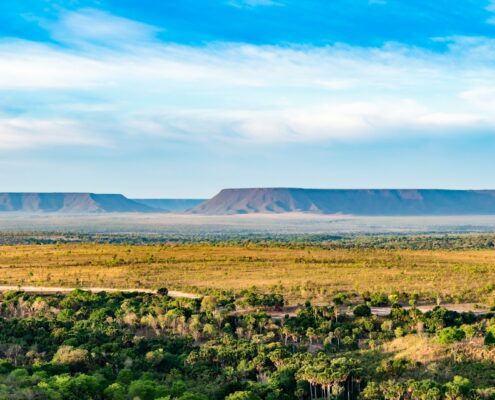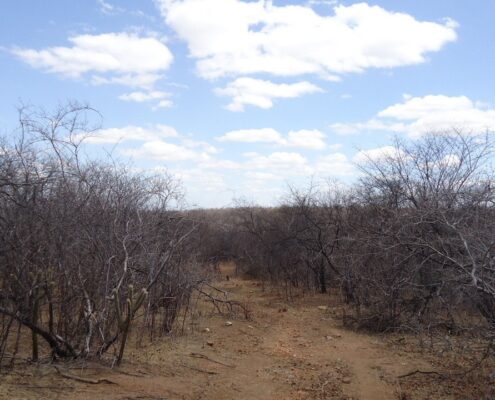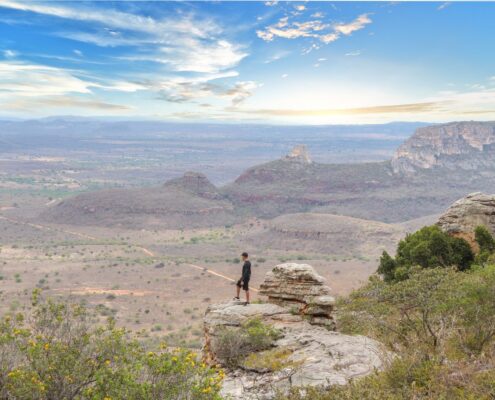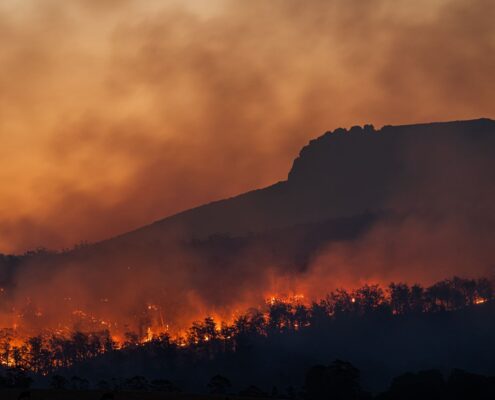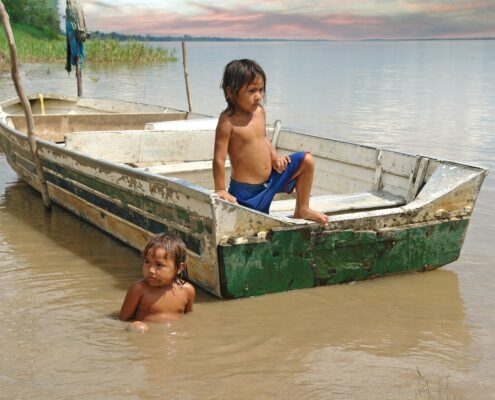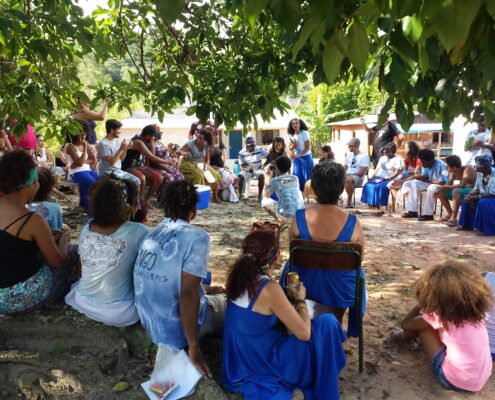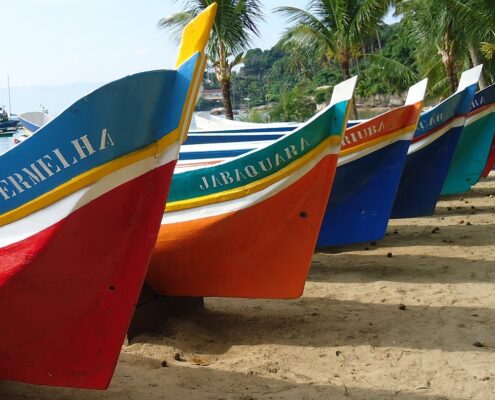 https://greenmarked.it/wp-content/uploads/2024/07/Cattura-1.jpg
880
1618
Sarah Santos Ferreira
https://greenmarked.it/wp-content/uploads/2022/01/LOGO-GREENMARKED-SITO-600x600.png
Sarah Santos Ferreira2024-07-16 18:56:142024-07-16 19:45:21Three Environmental Initiatives Making a Difference in Brazil
https://greenmarked.it/wp-content/uploads/2024/07/Cattura-1.jpg
880
1618
Sarah Santos Ferreira
https://greenmarked.it/wp-content/uploads/2022/01/LOGO-GREENMARKED-SITO-600x600.png
Sarah Santos Ferreira2024-07-16 18:56:142024-07-16 19:45:21Three Environmental Initiatives Making a Difference in BrazilAugust 29, 2023
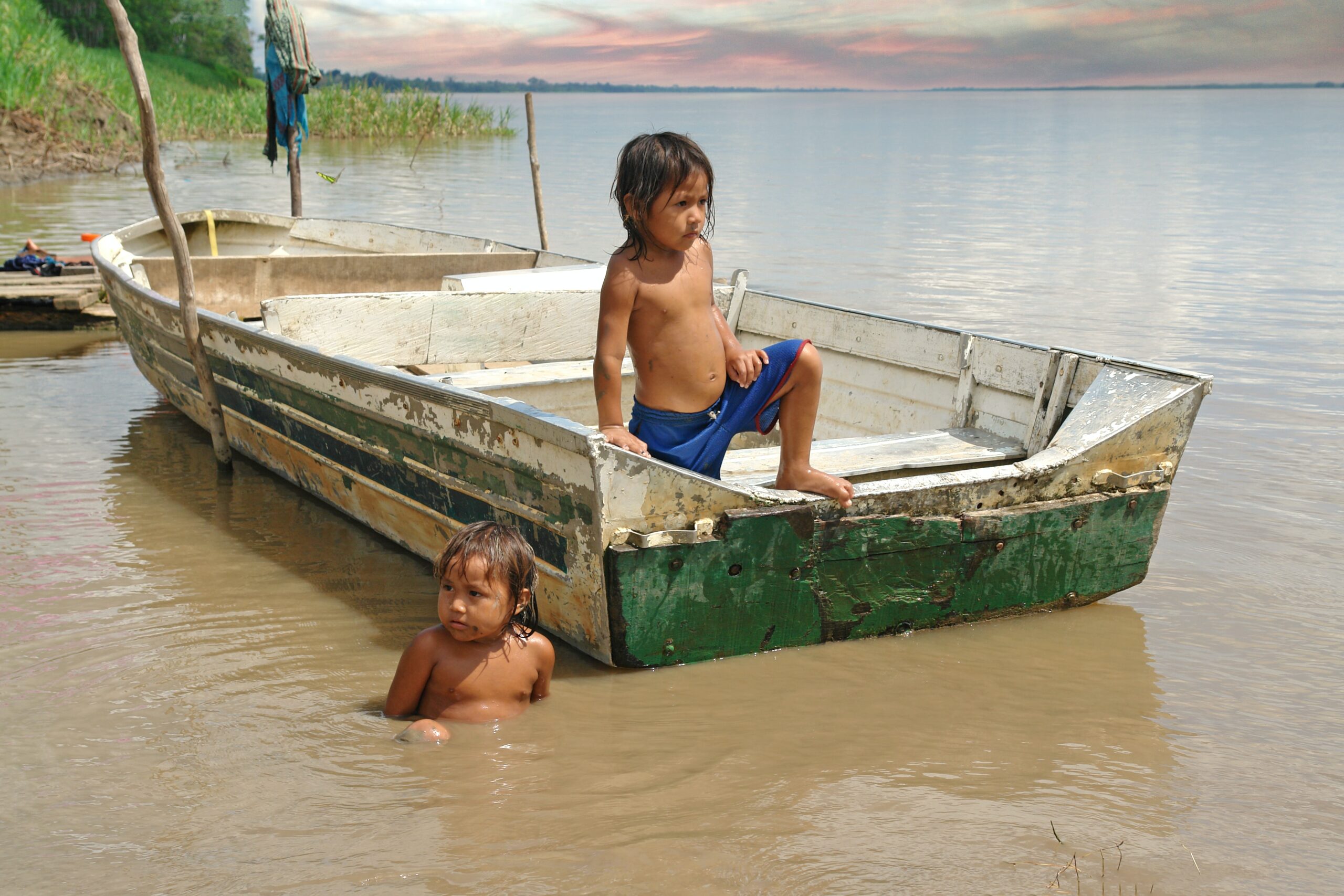
Ribeirinhos are a traditional population that lives near the rivers and survives from artisanal fishing, hunting, clearing and extractivism. Due to the geographic aspects of Brazil, it is in the Amazon that most of this population lives. In addition to natives, these populations also include descendants of migrants from the Northeast of the country [1].
These populations were born during the late 50s when Brazil went through the rubber crisis. Brazil was a significant player in the rubber industry during the late 19th and early 20th centuries. At that time, the demand for natural rubber, mainly used in tire manufacturing, had driven economic growth in the Amazon region. Then, the development and widespread adoption of synthetic rubber triggered the crisis. During World War II, advances in chemistry led to the creation of synthetic alternatives to natural rubber and after the war, the dependency on natural rubber was indeed significantly reduced. Consequently, this led to a sharp decline in the price of natural rubber in the global market, severely affecting Brazil’s rubber-based economy.
As the rubber economy collapsed, many individuals and families from rubber-producing areas were forced to migrate to urban centers in search of alternative sources of income. However, a significant portion of these individuals chose to remain close to their ancestral lands along the riverbanks. This decision led to the formation of the Ribeirinho communities.
New home, old habits
The establishment of Ribeirinho communities was not only a response to economic hardship but also a reflection of their deep cultural ties to the Amazon environment. These communities maintained traditional practices, knowledge, and customs, while also integrating new elements influenced by the changing economic landscape.
Ribeirinhos adapted to their changing circumstances by adopting a lifestyle that combined elements of traditional subsistence activities with new economic endeavors. They engaged in fishing, small-scale agriculture, gathering of forest resources, and other activities that allowed them to make use of the rich natural resources provided by the Amazon ecosystem. Over time, these communities developed a unique way of life that revolved around their close connection to the rivers and forests.
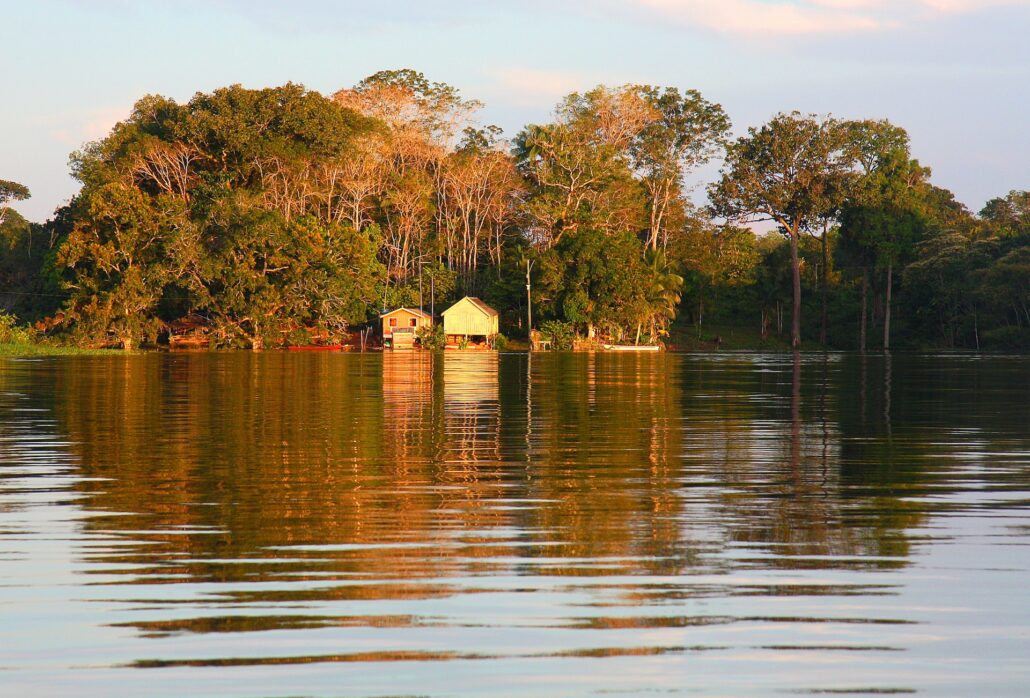
Fig. 1: Household by the Amazon river. (Nareeta Martin, May, 2, 2019. Amazon, Brazil). Source: unsplash.com
Lifestyle and challenges
The inhabitants of the Amazon region have developed a way of life that revolves around the cyclical patterns of river floods and droughts, which occur annually. The majority of ribeirinhos’ households are situated in remote rural zones, often widely dispersed from one another. Notably, certain houses might shift locations periodically, owing to the unique characteristics of the area: floating houses and houseboats. These innovative structures, constructed from wooden planks and supported by logs, rest upon the rivers and adapt to the changing water levels.
For the Brazilian Institute of Geography and Statistics (IBGE) this isolation represents a big challenge for the annual data survey that composes the Demographic Census. However, the same challenge faced by their agents is also the challenge these communities face when trying to have access to health, potable water and education: travelling many kilometers into the river, and also on foot and dealing with drought and heat [2].
Beyond the difficulties in accessing basic needs, Ribeirinhos are directly affected by the increasing environmental disasters in the Amazon basin and its surroundings. In late June this year, a shocking complaint revealed the devastating consequences of pollution and irresponsible activity of the EDP Energias do Brasil in northern Brazil [3]. In that episode, more than 45 traditional quilombola and riverside communities in the Floodable Natural Fields of Maranhão were affected. But the consequences are way larger for the country. These wetlands are protected by the Ramsar Convention, an international treaty aimed at the conservation and sustainable use of these vital ecosystems. They play a key role in preserving biodiversity, regulating the climate, storing water and providing essential environmental services to society.
This article is part of the project “PILLOLE D’ACQUA PIANA: seminari itineranti, blog e podcast per una gestione sostenibile delle risorse idriche in Piana Rotaliana” carried out by ECONTROVERTIA APS and supported by Fondazione Caritro (Prot. no. U445.2023/SG.386 of April 23, 2023).

Related articles:
References:
[1] Institute ECOBRASIL. Comunidades Tradicionais. Retrieved on August, 8, 2023 from: http://www.ecobrasil.eco.br/site_content/30-categoria-conceitos/1195-comunidades-tradicionais-ribeirinhos
[2] Brasil, Coordenação Nacional de Articulação das Comunidades Negras Rurais Quilombolas. (June, 2023). Desastre ambiental ameaça comunidades tradicionais e ecossistema no Maranhão. Retrieved on August, 8, 2023 from: : http://conaq.org.br/noticias/desastre-ambiental-ameaca-comunidades-tradicionais-e-ecossistema-no-maranhao-norte-do-brasil-evidenciando-a-necessidade-de-protecao-as-areas-quilombolas-e-ribeirinhas-de-beira-de-campo-da-amazonia/
[3] Santos, Jessica.(January, 2023).No Careiro da Várzea: o Censo em comunidades ribeirinhas do Amazonas – IBGE. Retrieved on August, 8, 2023 from: https://agenciadenoticias.ibge.gov.br/agencia-noticias/2012-agencia-de-noticias/noticias/35302-no-careiro-da-varzea-o-censo-em-comunidades-ribeirinhas-do-amazonas
Cover- and preview image: Kids at the Amazon River in Leticia, Colombia. May, 27, 2021. Free-source photo by Bill Wegener on unsplash.com

